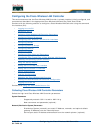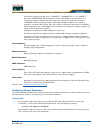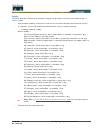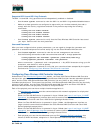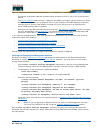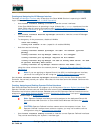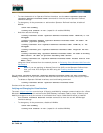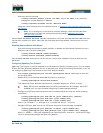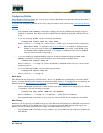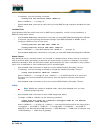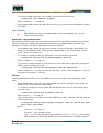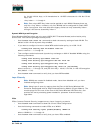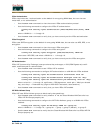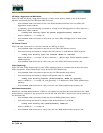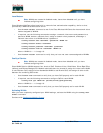
5/26/05 Creating Access Control Lists
OL-7426-03
• Configure port priority on the STP ports using the following command:
>config spanningtree port priority <0-255> <port number>
where <0-255> = STP priority for this port (default priority = 128).
• If required, configure the Cisco Wireless LAN Controller STP bridge priority using the following
command:
>config spanningtree switch bridgepriority <0-65535>
where <0-65535> = STP bridge priority for this Cisco Wireless LAN Controller (default priority
= 32768).
• If required, configure the Cisco Wireless LAN Controller STP forward delay using the following
command:
>config spanningtree switch forwarddelay <4-30>
where <4-30> seconds = STP forward delay for this Cisco Wireless LAN Controller (default
forward delay = 15 seconds).
• If required, configure the Cisco Wireless LAN Controller STP hello time using the following
command:
>config spanningtree switch hellotime <1-10>
where <1-10> seconds = STP hello time for this Cisco Wireless LAN Controller (default hello
time = 2 seconds).
• If required, configure the Cisco Wireless LAN Controller STP maximum age using the following
command:
>config spanningtree switch maxage <6-40>
where <6-40> seconds = STP maximum age for this Cisco Wireless LAN Controller (default =
20 seconds).
• After all the ports have been configured for the desired STP settings, enter the following:
>config spanningtree switch mode enable
This procedure allows the Cisco Wireless LAN Controller to most efficiently set up STP, detect
logical network loops, place redundant ports on standby, and build a network with the most
efficient pathways.
You have configured STP for the Cisco Wireless LAN Controller. Verify that your settings are stored in
memory using the show spanningtree port and show spanningtree switch commands. Continue
with Configuring WLANs
.
Creating Access Control ListsCreating Access Control Lists
When you wish to create Access Control Lists, Cisco WLAN Solution strongly recommends that you use
the Web User Interface. Refer to the Access Control Lists page in the Web User Interface Online Help
document.



